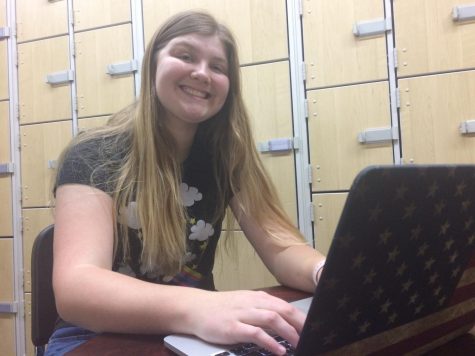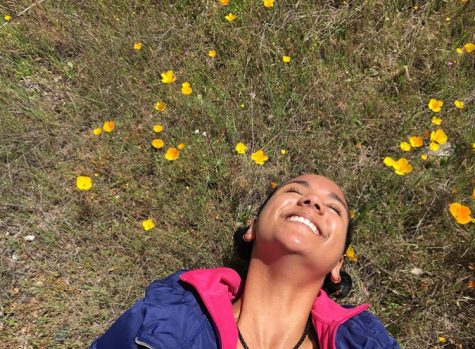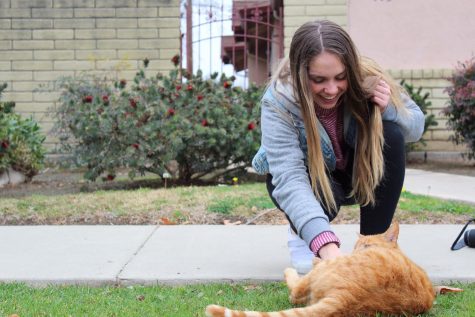Climate Change
The Earth is talking; are we?
It seems as if the main focus of society has been debating NFL players’ protests, discussing what is happening at the Grammy’s, and keeping up with the latest political scandal. All the while, an environmental crisis has been insidiously approaching the point of no return.
Global warming has been a very hot topic in the past, but other recent issues have seemed to distract us from it. A recent article from NPR, “Is There a Ticking Time Bomb Under The Arctic?” (Michaeleen Doucleff), sheds light on the critical nature of this problem.
“For the first time in centuries, the Arctic permafrost is beginning to change — rapidly. It’s warming up,” writes Doucleff, “In northern Alaska, the temperature at some permafrost sites has risen by more than 4 degrees Fahrenheit since the 1980s . . .”
The permafrost is actually frozen soil, but it is filled with organic (carbon-based) matter which has been preserved from as far back as prehistoric times. As the soil thaws the carbon is being released into Earth’s atmosphere.
There’s more carbon in the permafrost “than all the carbon humans have spewed into the atmosphere since the Industrial Revolution,” writes Doucleff.
While scientists don’t yet know what portion of that carbon will actually be released into the atmosphere, they have confirmed that thawed permafrost unleashes preserved, ancient bacteria which, when exposed to the right conditions, comes back to life and multiplies rapidly.
“The bacteria started converting the carbon that’s in dead plants and animals into gases that cause climate change: carbon dioxide and methane,” writes Doucleff, “That experiment was in the lab. But imagine these bacteria waking up, all around the Arctic, across Canada, Greenland and Russia. Last year, scientists started seeing signs of this happening in northern Alaska.”
Alaska has now become a net exporter of carbon dioxide into the atmosphere when it was previously a net absorber of the gas.
If we really are at the threshold of such a catastrophic event, shouldn’t we be doing more about it? Some may argue still that climate change is exaggerated, natural, or a hoax. There is plenty of evidence to prove this is not the case, if one is willing to look for it.
According to NASA’s website dedicated to climate change, “The Vital Signs of the Planet”, the average surface temperature of the planet has risen approximately 2 degrees Fahrenheit (1.1 degrees Celsius) since the late 19th century. While this may seem like a small amount, it has massive ramifications which ricochet across the planet.
“Global Sea level rose about 8 inches in the last century,” writes NASA, “The rate in the last two decades, however, is nearly double that of the last century.”
The rise in sea level is the result of melting glaciers and arctic sea ice. A measly 8 inches may not seem significant from all the way in the central valley, but coastal cities and islands are getting more uneasy as they watch the levels rise.
Extremes in weather, such as wildfires, hurricanes, and floods, have become exceedingly more frequent in recent years. Notable examples include the wildfires in California; hurricanes Harvey, Irma, and Maria; and mudslides in Santa Barbara County resulting from the fires burning away at the vegetation.
Recent policies and decisions on the part of the Trump administration, Congress, and governmental agencies have dramatically impeded progress towards environmental conservation.
According to National Geographic, reducing water and energy usage, buying smaller more efficient houses, walking or biking, and making use of public transportation are all ways that one can make a difference. Recycling and minimizing trash are also good ways to make an impact. Taking part in activism is another way to make a difference.
While it may seem like stopping climate change is out of the control of the individual, nothing could be further from the truth. If every individual decided to take action to minimize their carbon footprint, it would be as if we applied an antibiotic on the festering wound that is global warming.








